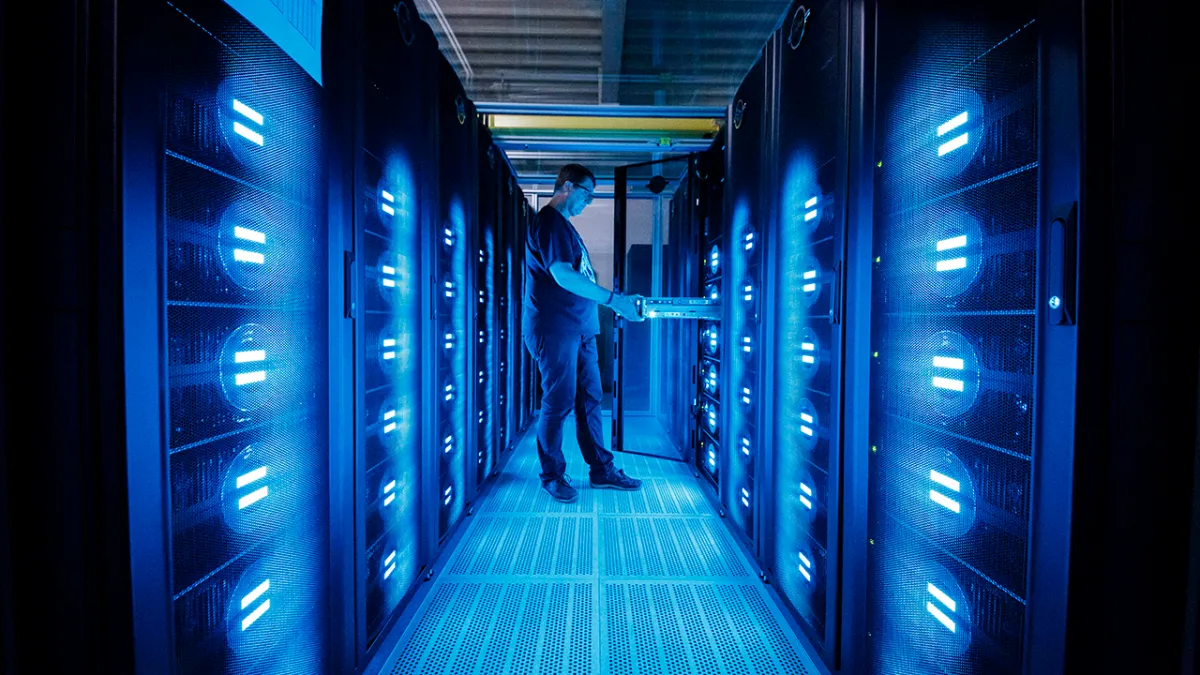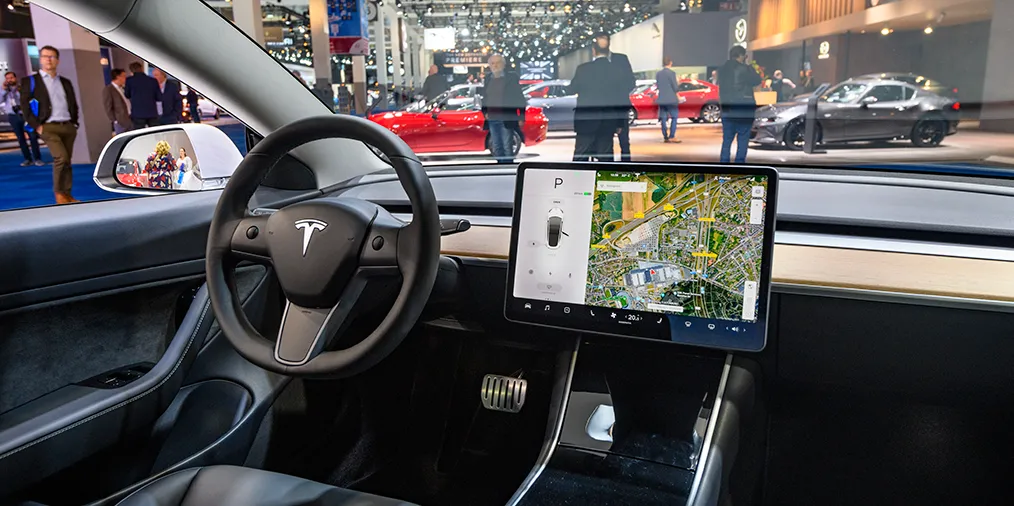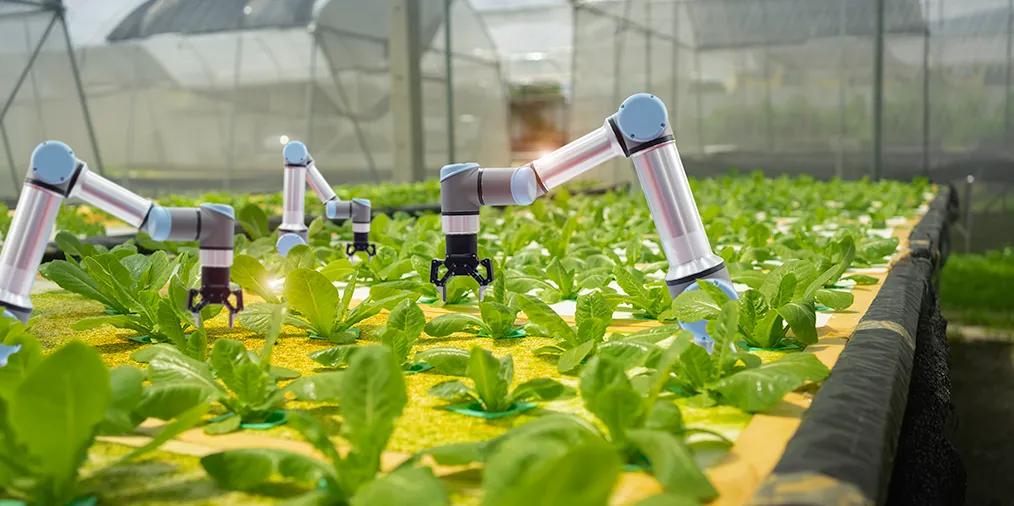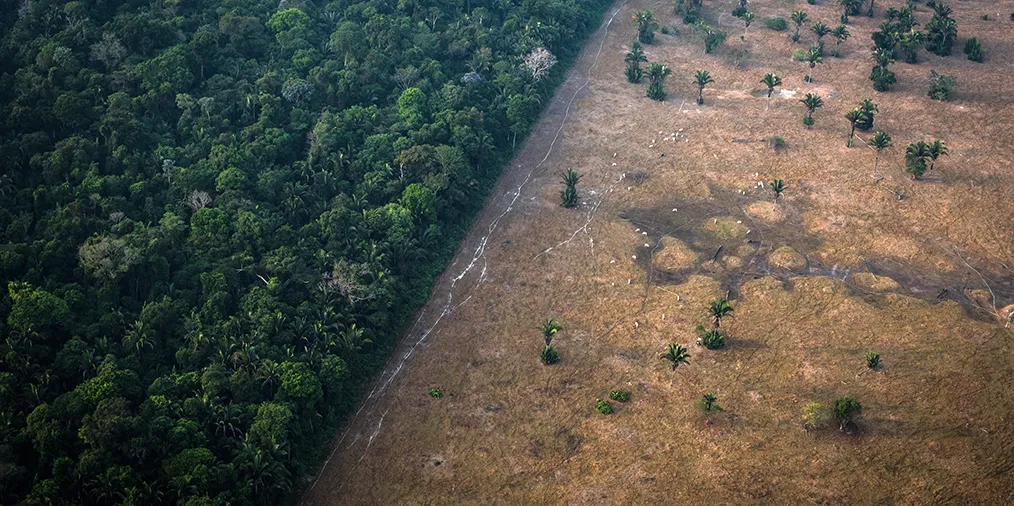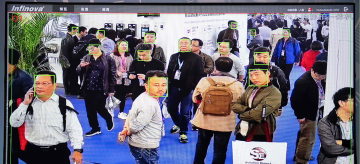How Can AI Combat Climate Change?
In this free climate change resource, learn how AI is helping countries reduce carbon emissions, but some innovations could ultimately contribute to a warming planet.
Imagine a morning commute in a self-driving car. With your hands off the steering wheel, you can leisurely sip your much-needed coffee. Not too bad, right?
Did you know that you would also be fighting climate change in the process?
Most self-driving cars are electric vehicles, which emit far fewer greenhouse gas emissions than their gas-guzzling counterparts. However, self-driving cars go one step further than ordinary electric vehicles by also traveling the most efficient routes and expanding opportunities for ride-sharing. As a result, some experts estimate that self-driving cars will lower vehicle emissions by a whopping 50 percent by 2050.
Self-driving cars are made possible by the data-processing power of artificial intelligence (AI)—a rapidly evolving field of technology that can make decisions, execute tasks, and improve performance without human involvement.
Beyond just enabling autonomous vehicles, AI has far-reaching applications for combating climate change, such as helping meteorologists better forecast extreme weather events and allowing farmers to grow crops with significantly less water. However, some experts warn that certain AI technologies consume significant amounts of energy, which could ultimately exacerbate climate change.
In this resource, we’ll explore AI’s potential to bring about a cleaner, greener future and the limitations to achieving this ambitious goal.
AI and Machine Learning
Artificial intelligence allows computers to intuit, imitate, and improve on human behavior and decision-making. It does so by recognizing and internalizing patterns and features in vast amounts of data—a process also known as machine learning.
Such technology might sound futuristic, but in reality, we interact with it every day. Streaming services like Netflix, for example, use machine learning to provide viewing recommendations, and social media platforms like Facebook use AI to deliver targeted advertisements.
With machine learning, computers can sort through thousands of images and start to recognize specific elements. This technology can review, say, thousands of photos of a hurricane’s aftermath and determine which trees have been destroyed—far faster than any human.
Five ways AI can combat climate change
Scientists are using AI and machine learning to fight climate change. Let’s explore a few ways this technology can reduce greenhouse gas emissions and help countries adapt to the consequences of a warmer planet.
Transportation: Planes, trains, automobiles, and ships constitute one of the world’s most polluting industries. However, AI can make the sector cleaner and safer. AI-enabled vehicles can minimize energy use by identifying the most efficient routes. Additionally, such technology can reduce accidents by communicating hazards between vehicles. Self-driving cars are already on the road, and fully autonomous vehicles that require no human involvement whatsoever may not be far away.
Weather forecasting: Meteorologists are never 100 percent accurate. But with AI, scientists can identify weather changes, heavy rainfall, and tropical cyclones with up to 99 percent accuracy. With timelier and more precise predictions, people can better prepare for storms and minimize risks—whether by evacuating or putting up storm barriers. Such technology can also anticipate wildfires, heat waves, and other extreme weather events with greater accuracy.
Smart Agriculture: Farming accounts globally for around 70 percent of all freshwater use. Within this sector, 40 percent of water is lost to poor resource management by some estimates. Many sprinkler heads, for instance, waste around half the water they use. But with AI technology, farmers can reduce such waste by irrigating crops more efficiently—a critical improvement as climate change exacerbates global water scarcity. AI can also help farmers optimize fertilizer use and better schedule planting seasons, leading to more productive harvests. In India, for example, AI-equipped peanut farmers have seen 30 percent higher yields from their fields.
Urban planning: Harnessing vast amounts of data, AI can make cities more livable and efficient amid a changing climate. AI can support disaster response, for instance, by quickly processing information and directing resources to where they are most needed following extreme weather events. AI-supported “smart cities” can also reduce resource waste by optimizing water and energy use, with such technology already rolling out in fast-growing cities in places such as Brazil and the Philippines.
Conservation: Machines have long struggled with analyzing images; just think of how the most seemingly simple CAPTCHA can stump a computer. But AI is getting better at processing visual information, which is helping environmental protection efforts. AI can analyze satellite imagery far faster than humans, and this expanded processing power can quickly provide important conclusions, like whether a country’s coral reefs are dying off or if sections of forest are under threat. With greater access to information, governments can more easily monitor other countries’ environmental protection efforts and consumers can better understand how their purchases contribute to climate change.
Could AI Accelerate Climate Change?
The United Nations believes that AI should play a central role in the fight against climate change.
However, it recognizes that AI has limitations. In particular, UN experts point to issues throughout the technology’s life cycle that can harm the environment and contribute to a warming planet.
Let’s explore AI’s environmental footprint by breaking down that life cycle.
AI is not a silver bullet—it is not always applicable, and there is a real danger that it may distract or divert resources from less ‘flashy’ tools or approaches.
Three elements of AI that contribute to climate change
Manufacturing: Many AI technologies require rare minerals and resources such as cobalt, lithium, and tantalum. The extraction of those resources, however, can present serious human and environmental costs. Lithium mining in Argentina, Bolivia, and Chile has fueled conflict between indigenous communities, governments, and extraction companies. Meanwhile, mining waste from tantalum extraction in the Democratic Republic of Congo has polluted local water resources.
Usage: AI technology consumes enormous amounts of energy. In fact, emissions from the large data farms and processing centers underpinning the information and communications technology sector are comparable to those of the aviation industry. Training just one AI model can generate more carbon emissions than fifty-six people consume in a year.
End-of-Life Management: In 2021, the world discarded an estimated 63.3 million tons of electronic waste, which outweighs the Great Wall of China. Only a small fraction of that waste is properly recycled. As a result, toxic substances such as mercury can seep into the environment, harming local communities, and hydrochlorofluorocarbons can leak into the atmosphere, contributing to rising global temperatures.
What is the future of AI and climate change?
Despite its limitations, AI could serve as one of society’s most powerful tools against the existential threat of climate change.
However, policymakers must consider several questions in developing and deploying this new technology: Where can AI best outperform existing technologies? How can AI be made affordable and available for all communities—not just the world’s wealthiest? And how can this technology fight climate change without inadvertently accelerating carbon emissions in the process?
